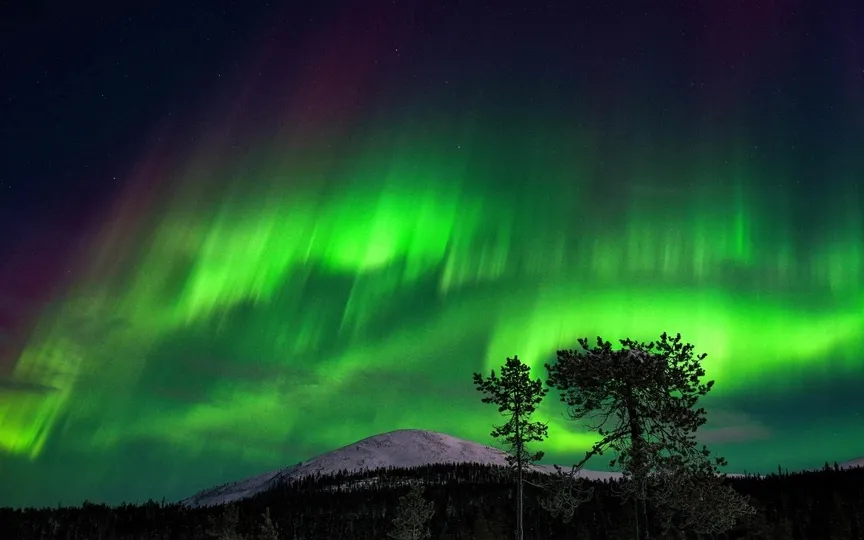Radio Communications Disrupted by Solar Storm; Auroras Predicted to Increase
The Sun’s recent increase in solar activity has resulted in multiple solar storms, and more are expected to occur. On August 7th, a powerful X-class solar flare caused radio blackouts in North America. At the same time, predictions indicated that a coronal mass ejection (CME) known as a “cannibal,” which had erupted on August 5th, might come close to Earth and potentially cause a delayed solar storm. However, recent observations indicate that it may have completely bypassed our planet.
The sun’s activity will accelerate with a predicted peak in 2025
Expect an increase in such solar behavior in the coming months as the Sun moves toward the peak of its 11-year cycle of activity, which is set to peak around July 2025, according to a Science Alert report.
The sun’s continuous bursts of activity have continued for more than 18 months, but they are increasing. Both June and July featured X-class flares, the most powerful classification for solar flares. In addition, almost every day in July saw an M-class flare, the second strongest.
Even before mid-August, two X-class flares and daily M-class flares have been observed. On August 5, apart from the X1.63 flare, two M-class flares and 9 less impressive C-class flares were observed. The X1.5-class flare that caused the radio blackouts on August 7 appeared in a sunspot region near the edge of the solar disk.
Waiting for Aurora glasses
Despite originating from the rim, the flare triggered a radio outage that extended to North America and the Pacific Ocean. Similarly, the August 5th flare, also from the disk edge, caused a coronal mass ejection – ejecting billions of tons of material into the solar system. This particular event, called a “cannibal” CME, involves two bursts in quick succession, with the second, faster one engulfing the first, resulting in a stronger wave of plasma and magnetic fields throughout the solar system.
Although the impact of this edge-based eruption on Earth is predicted to be subtle, even such a cannibalistic CME strike could cause a significant geomagnetic storm—a transient disturbance of the planet’s magnetic field due to the exchange of energy with incoming solar material.
The earth’s magnetic field usually protects it from all shocks and minimizes the daily effects. However, the night can provide a spectacle: the interaction of particles with the atmosphere can create dazzling aurora borealis in northern regions such as Alaska, Canada and the northernmost parts of the United States.
Observing space weather forecasts becomes crucial. Due to the constant erratic behavior of the sun, captivating night shows may become more common in the near future.




